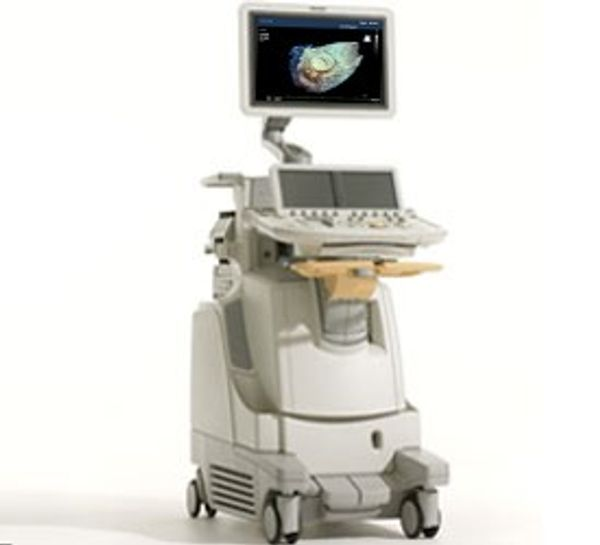I'm getting overheating problem when switching to color using an X7-2T TEE probe this has happened on three different probes so I don't think it's the probe.
reading .enc log file
I had the same situation. I had the very same problem, whth the same type of electrode.
We had changed the electrode twice and within a week, it would give the same indication of overheating. I worked with my FSE from Philips and now the problem is gone. The situation stems from the unit continuing to access the probe continually, therefore causing the overheating indication. So the FSE set the "sleep mode/idle" to turn off the probe after 10 minutes of inactivity. But once the system is in use again, the system queries the probe again.
Something to try!
Report Post

All,
This is most likely a user/applications issue.
The continued high-frequency pulsing of the acoustic array (within the tip) causes its internal temperature to rise. This rise in tip temperature can be transferred to the patient causing thermal damage or burning of the esophagus. TEE transducers contain a temperature sensor (thermistor) within the tip. The purpose is to sense the temperature of the tip and disable the ultrasound system if the tip temperature becomes excessively high. During a TEE study, this temperature is displayed on the scanner’s monitor.
Theory: When the TEE transducer is initially inserted into the patient (while the scanner is frozen and before active imaging has started), the temperature reported (TEE tip temperature) should be the patient’s actual core temperature. Once the scanner has been unfrozen (and is actively imaging), the tip temperature can rise 1 - 2 °C above the patient’s core temperature.
Once color Doppler or 3D mode is enabled, the tip temperature can rise an additional 1 - 2 °C. Depending upon the physiological conditions of the patient, the length of time that the probe is actively scanning and the particular scanning mode in-use, a measured TEE tip temperature of 41 - 43 °C could be possible during a study.
It is possible for a properly functioning TEE probe to report an over-temperature condition.
In order to reduce this occurrence, OEM’s suggest:
•Reducing the acoustic output of the transducer: This is a seldom used secondary control that is often hidden on a submenu on most scanner user interfaces
•Freezing the scanner when active imaging in not required
•Limiting the use of color Doppler or 3D modes.
It is a common occurrence that scanners are left unfrozen (when active imaging is not required). This can have the potential to cause an over temperature error on a properly functioning TEE transducer.
Report Post

